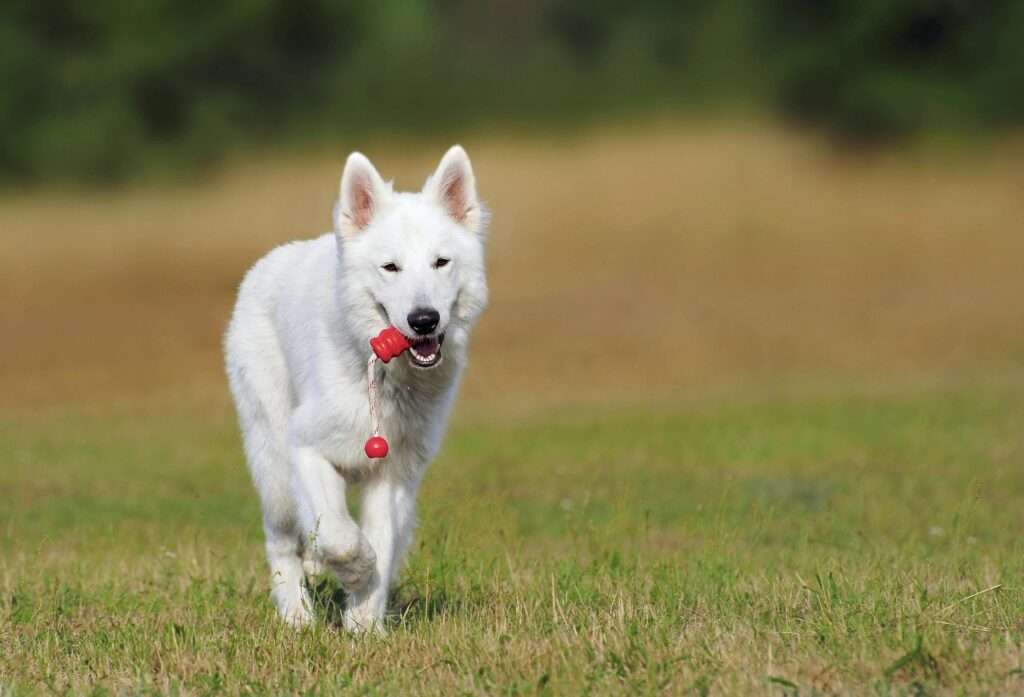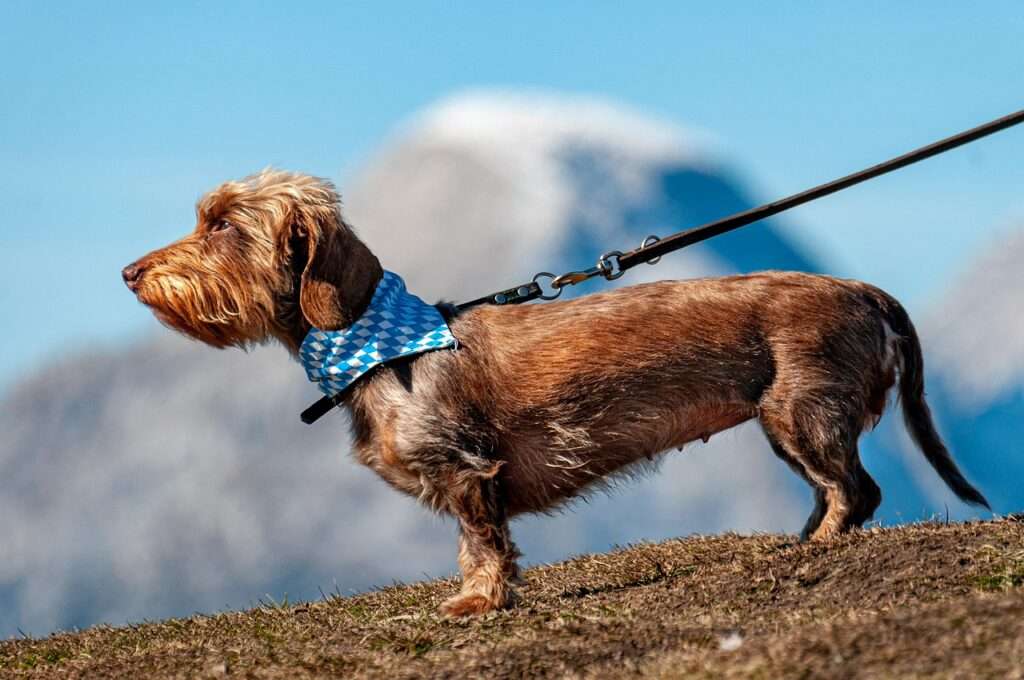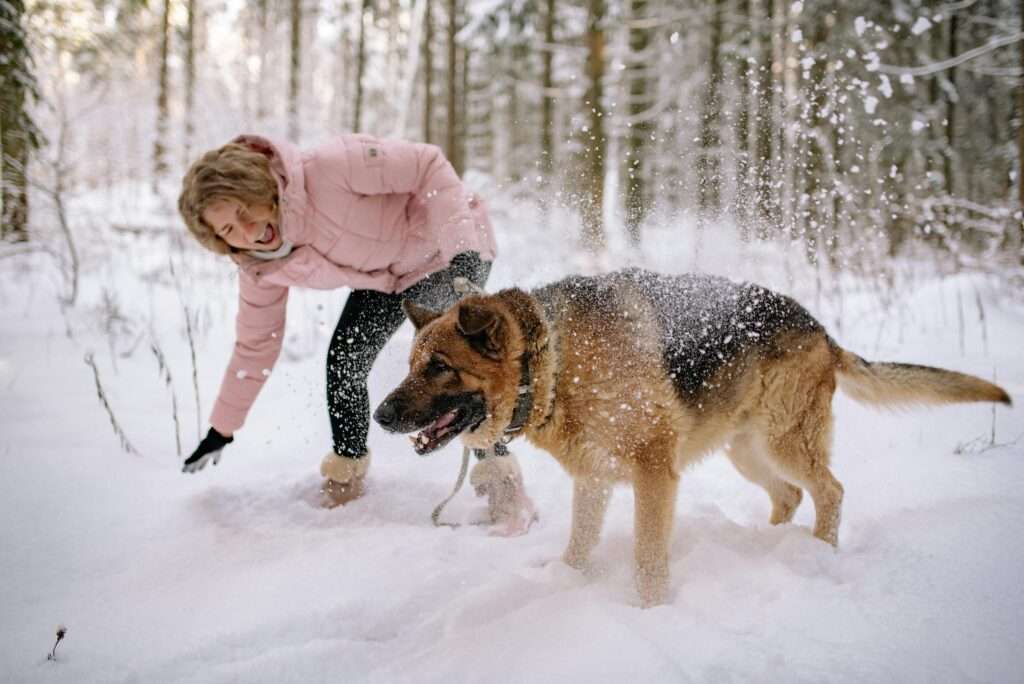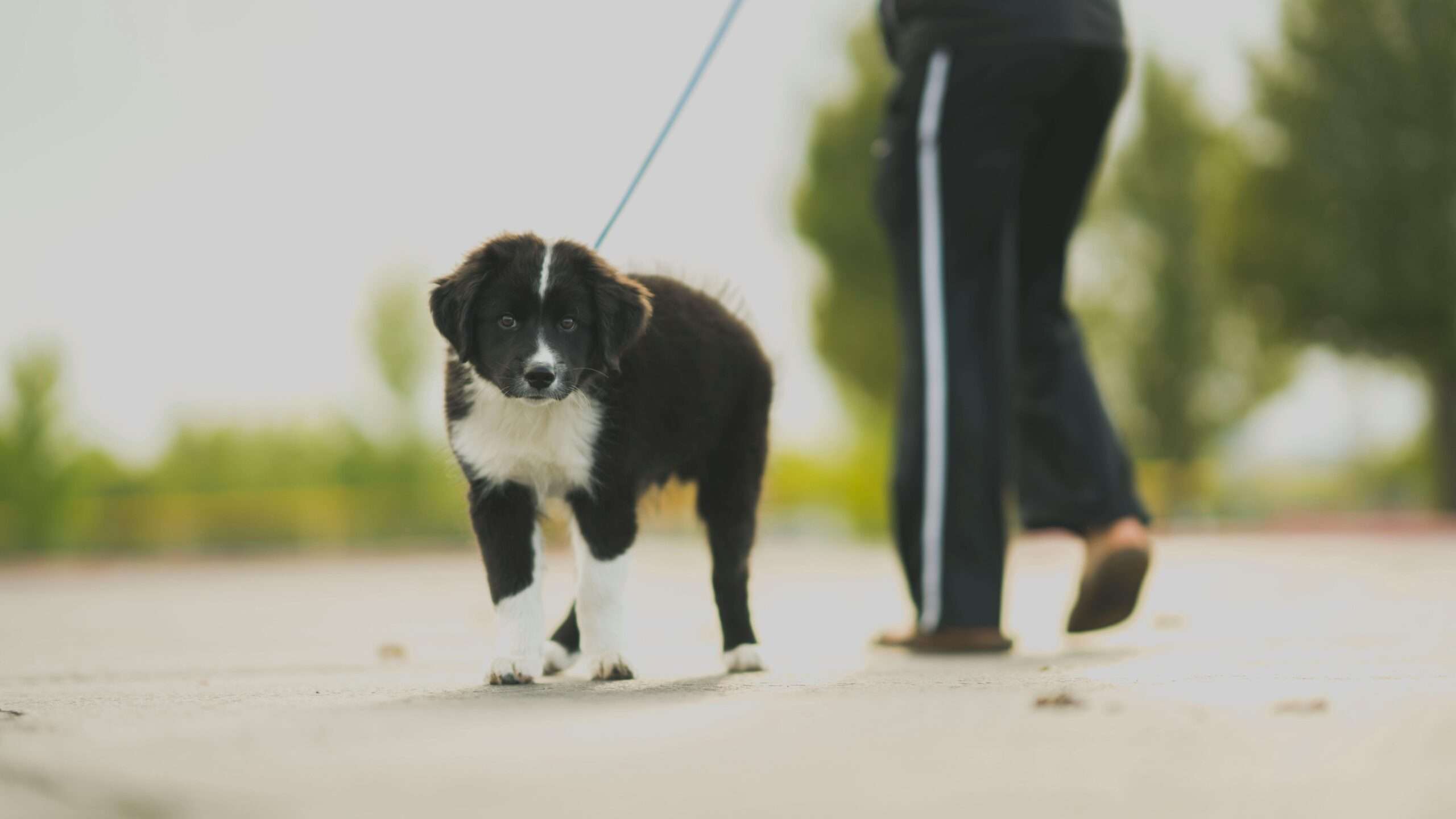Training your dog doesn’t have to feel like boot camp. In fact, it should feel more like a bonding session—filled with treats, tail wags, and mutual understanding. Whether you’ve got a bouncing puppy or a wise senior, it’s never too late to start teaching good habits. Here’s how to make training a joyful experience for both of you.
1. Why Training Matters (For Both of You)
Training isn’t just about obedience—it’s about communication. It helps your dog understand what you expect from them, which in turn makes them feel more confident and secure.
- Builds a Strong Bond: Time spent training deepens the connection between you and your pup.
- Boosts Confidence: A trained dog knows the rules and feels more at ease navigating the world.
- Keeps Them Safe: Commands like “stay,” “come,” and “leave it” can prevent accidents and injuries.

2. Start with the Basics
Begin with simple, essential commands that create the foundation for more advanced learning.
- Sit: A classic! Great for greeting visitors, waiting patiently, or as a pre-dinner ritual.
- Stay: Helps your dog remain calm and still when needed.
- Come: Crucial for recall—especially at dog parks or off-leash areas.
- Leave It: A lifesaver when they find something gross (or dangerous) on the ground.
Pro Tip: Keep training sessions short (5–10 minutes), consistent, and always end on a positive note.
3. Positive Reinforcement Works Wonders
Dogs learn best when they associate a behavior with something good. That’s where treats, praise, and play come in.
- Reward the Good Stuff: Use small treats, enthusiastic praise, or a quick play session to celebrate success.
- Timing is Everything: Reward immediately so your dog links the treat with the behavior.
- Ignore the bad: Instead of scolding, redirect their focus to a positive action.

4. Socialization: Teaching Your Dog to Be a Good Citizen
Early and ongoing socialization helps your dog feel confident around new people, pets, and places.
- Start Small: Invite a calm friend over or take a walk in a quiet park.
- Go at Their Pace: Never force interactions—let your dog observe and approach on their own.
- Use Every Outing as a Lesson: Trips to the vet, neighborhood walks, or coffee shops can be great practice.
5. Handling Common Challenges
Training isn’t always a smooth ride—but don’t worry, every dog has their “oops” moments.
- Jumping on Guests: Teach a “sit to greet” routine and reward calm behavior.
- Pulling on the Leash: Try a no-pull harness and practice loose-leash walking with rewards.
- Barking at Everything: Identify the triggers and use redirection and desensitization.
6. Keep Things Fresh and Fun
Dogs get bored easily—so mix it up!
- New Tricks: Try teaching them a high-five, a spin, or even how to clean up their toys.
- Training Games: Play hide-and-seek, scent work, or “find it” to stimulate their brain.
- Daily Challenges: Ask for a few commands before meals, walks, or play.

7. When to Get Help
There’s no shame in calling in the pros. A certified dog trainer or behaviorist can help with more serious issues like aggression or anxiety.
- Group Classes: Great for learning and socialization.
- One-on-One Training: Personalized help for unique challenges.
- Online Resources: Reputable sites and videos can offer extra guidance between sessions.
Wrapping It Up
Training is a journey—and every session is a chance to grow closer to your dog. With a little patience, consistency, and love, your dog will not only learn how to sit and stay but also how to thrive in your world.
Your turn: What’s your pup’s favorite trick or training success story? Drop it in the comments—we’d love to hear it! 🐶


